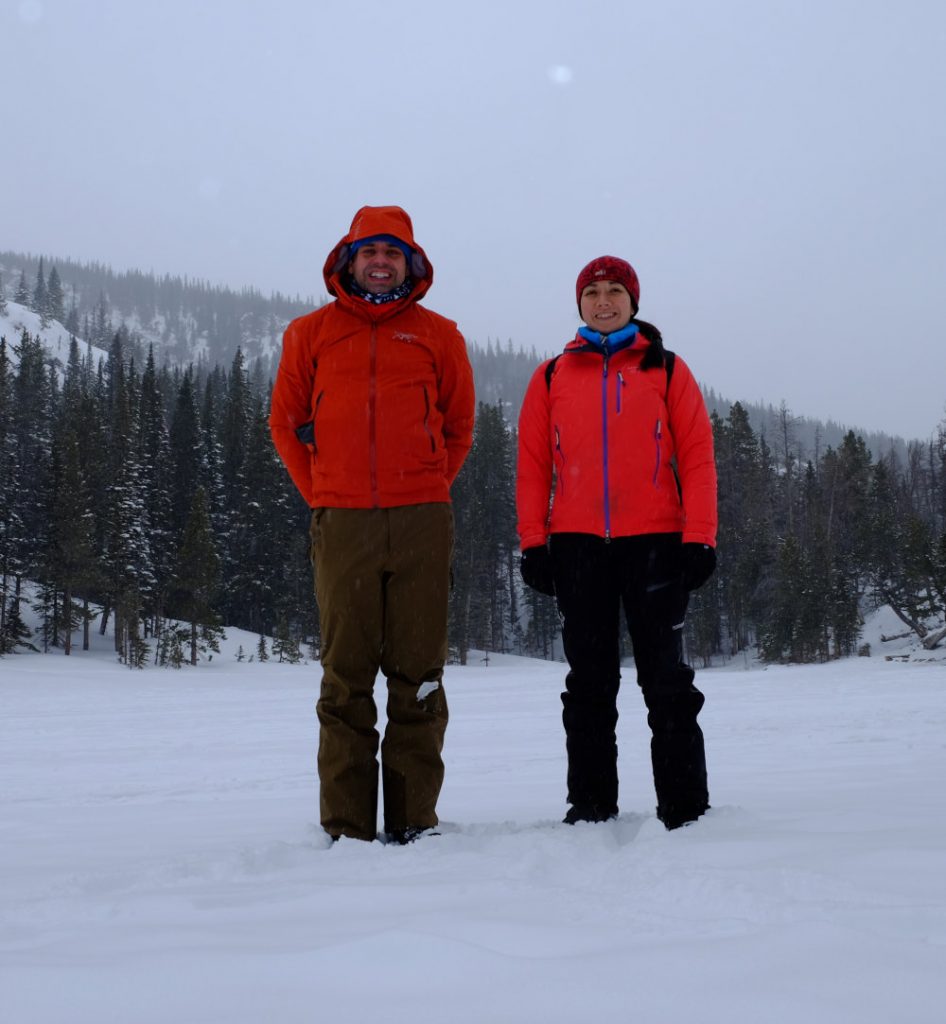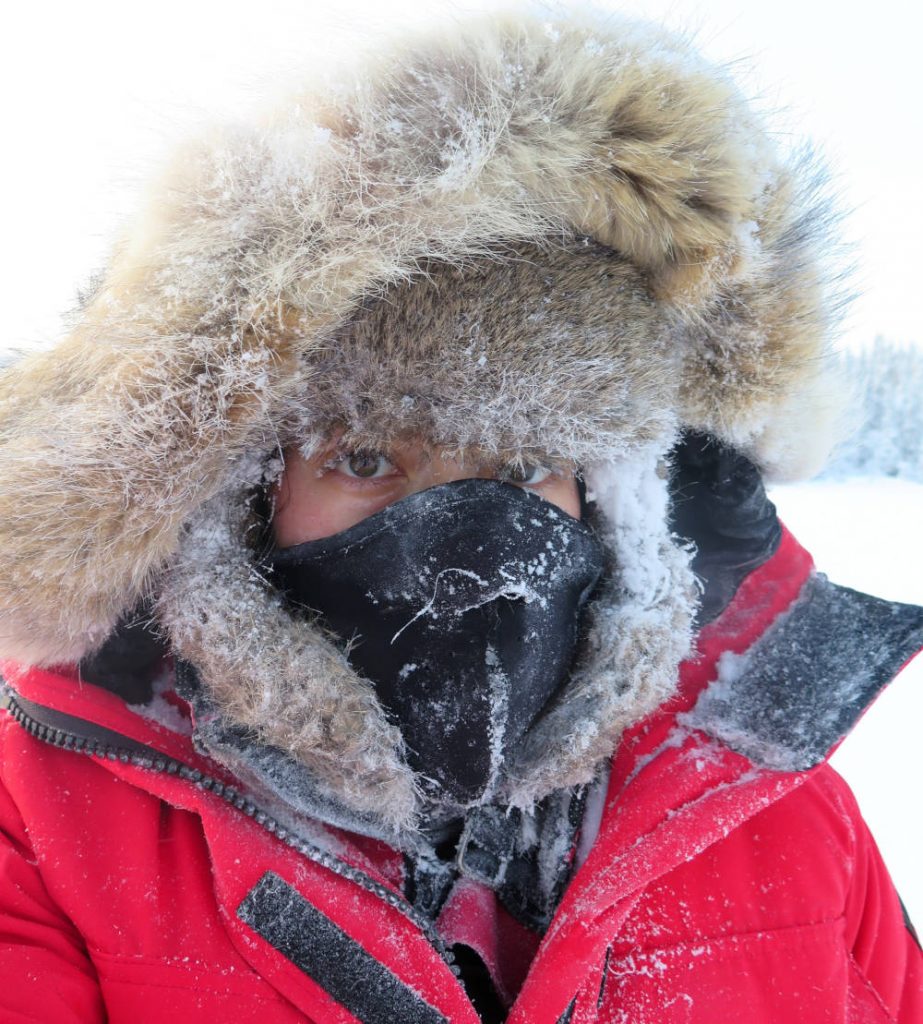Aurelie learned one of our favorite proverbs while living in Norway. “There is no bad weather, only bad clothes”. With the right equipment, challenging conditions can be overcome.
Norwegians are notable for their strong outdoors culture, despite the harsh climate of their country. Snow, rain, or darkness are no obstacles to running, skiing, cycling, or other outdoors activities. This attitude is contagious: Aurelie arrived in Norway as a city girl and left two years later as a big fan of outdoors and arctic expeditions!
At BLUSPHINX®, we go every year on a winter retreat to take a step back from daily work, get inspired, and define the future of our business. This year, we spent 3 days in the Rocky Mountains National Park of Colorado, USA.

We love winter activities. Tom has been snowshoeing for years in many US national parks, as well as Banff in Canada, and Patagonia. Aurelie has done several winter expeditions and races in arctic Europe (Lapland, Finnmark, Spitsbergen), on skis, dogsled, and even on foot for a winter marathon in Greenland. Days are spent outside with temperatures sometimes as low as -40C (-40F). In such conditions, it is critical to have the appropriate equipment to withstand the cold and be able to move around (e.g. walk, run, set up camp, fetch water, harness dogs, etc).
The key is to use layers and choose the right fabric for each layer. Wool is best for base layers. Woolen mittens will also keep fingers warmer than fingered liners. Synthetic fleece is good for middle layers. Down is best as outer layer before the shell (otherwise, as middle layer it will induce too much sweating). Gore-tex shells are a must to protect from the wind. And if it is really cold, one needs a thick parka on top of it all.

It definitely pays off to invest in good equipment that is sturdy and designed to last. Good equipment means practical functionality and high quality. Choosing the right equipment for specific activities and conditions requires thought and preparation. Beyond weather, the same logic also applies to IT equipment and systems.
The bad storms of IT come in the shape of cyberattacks or breakdowns of IT systems caused by poor design and inadequacy for the use environment. IT is at the heart of the biggest challenges facing companies today – whether AI, cyber security, or data. What is the right IT setup to maximize efficiency and productivity gains, while minimizing risks and costs? That is the question.
While there is no one-size-fits-all solution, there are general principles that we have applied in our work with successful business owners who want to get ahead with IT. Migrating servers and computers away from Windows towards Linux/Mac goes a long way to reduce security vulnerabilities and increase performance. Linux is an open-source operating system (OS) and actually the most robust and widely used OS.
Instead of relying on proprietary standards and interfaces, it is better to use open standards and open-source components for IT systems, wherever possible. Open-source software can be very high-quality and offers the advantage of more flexibility (and lower cost!). You are not locked to a specific vendor and can easily change components whenever you want. There’s a reason why the best performing tech companies in the world (Google, Amazon, etc) use open-source software heavily.
Preparation and adaptation are critical in today’s unpredictable and fast-changing world. The winners of tomorrow will be those who can select the right equipment and adapt quickly, not only for their clothes but also their IT systems.